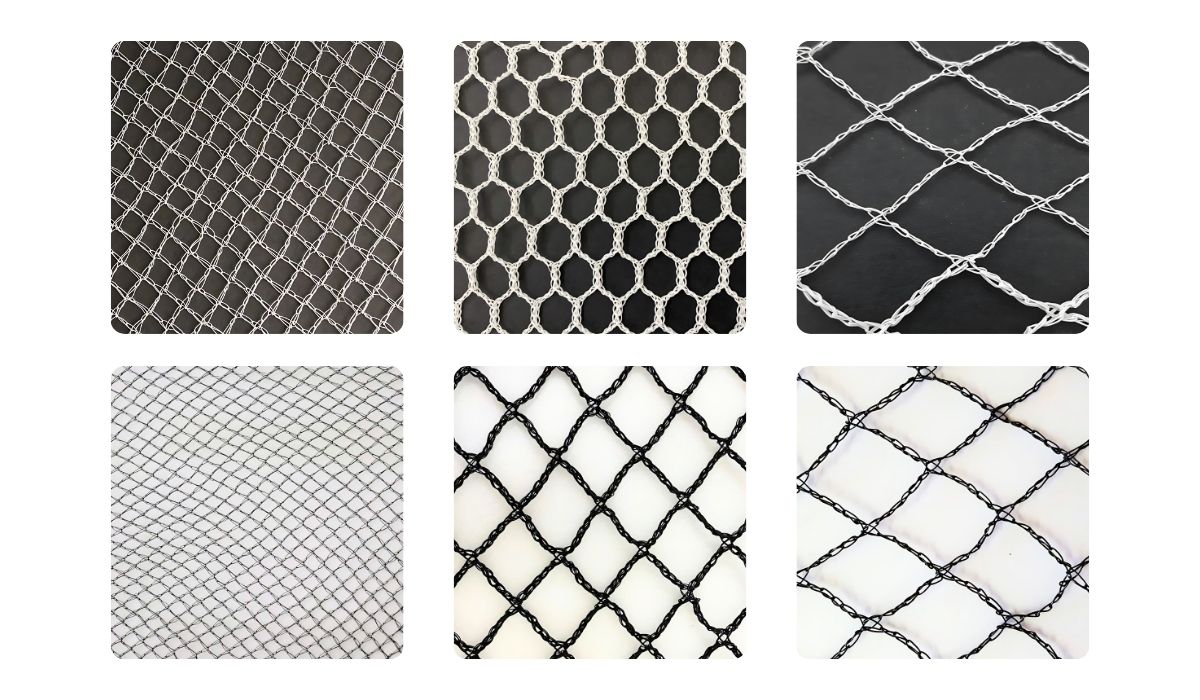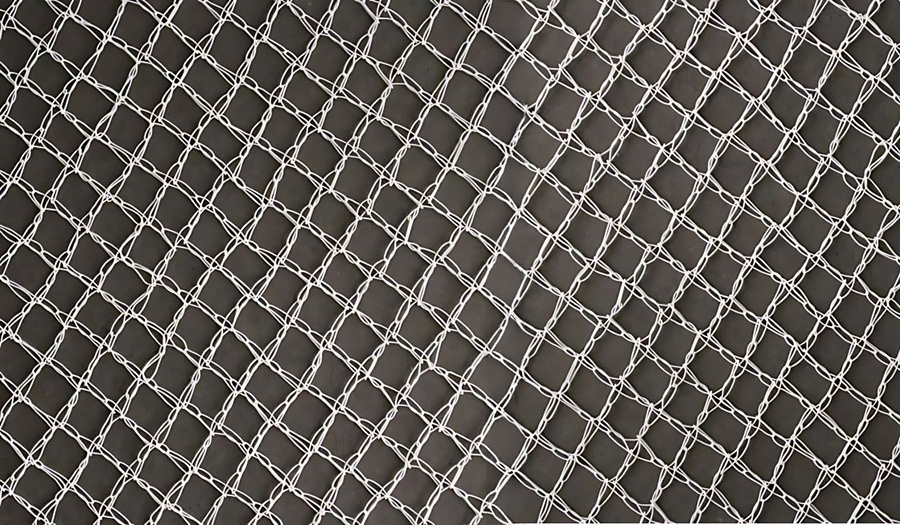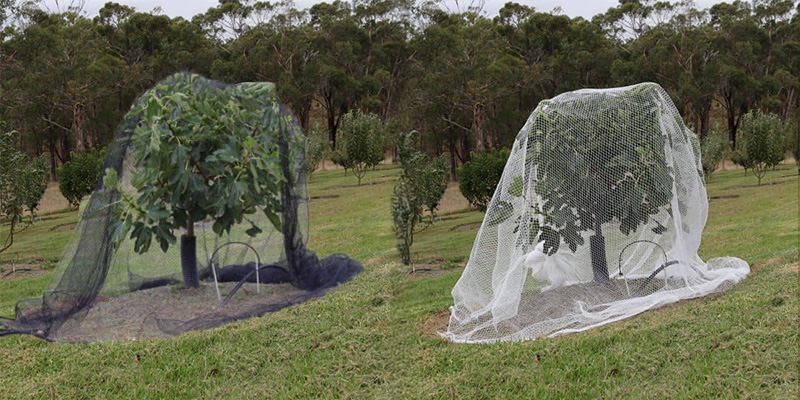How to choose the right bird netting?
Bird netting is an effective solution to protect your crops, gardens, and orchards from avian invaders. However, choosing the right bird netting involves considerations beyond just its physical attributes. Not all solution is suited to everyone and hence it is critical to understand key components to make the right decision. Here’s a comprehensive guide to help you make an informed decision.
Identify Your Target Birds
Before selecting bird netting, identify the specific bird species causing trouble. Some birds may require finer mesh or different netting materials.
Different birds have unique behaviours, sizes, and methods of accessing crops.
- Small Birds: If smaller birds like sparrows or finches are the culprits, a finer mesh with smaller openings is crucial. This prevents them from slipping through the netting.
- Larger Birds: Pigeons, crows, or seagulls may require a heavier-duty netting material and a larger mesh size. These birds can be more persistent and might attempt to tear through lighter netting.
- Consider Local Avian Population: Take note of the prevalent bird species in your area. Sometimes, local birds might have specific habits or timings of intrusion that influence your choice of netting.
Understand mesh size
The mesh size determines the birds that can be excluded. Smaller mesh sizes are effective against smaller birds, while larger mesh is suitable for larger birds.
- Fine Mesh for Small Birds: Opt for a finer mesh size, typically measured in millimetres, to thwart diminutive invaders like sparrows or finches. A small mesh prevents these birds from slipping through, ensuring comprehensive protection.
- Larger Mesh for Bigger Birds: In cases where larger birds such as pigeons are the primary concern, a larger mesh size is more apt. This allows you to construct a formidable barrier without compromising on structural integrity.

Wildlife-Friendly Bird Netting To Support Biodiversity
In our ever-evolving understanding of sustainability, the need for wildlife-friendly practices becomes paramount. Some bird netting solutions often raise concerns about their impact on biodiversity, but advancements in design and materials have birthed a new generation of wildlife-friendly netting that mitigates these concerns.
Understanding Wildlife-Friendly Netting
Wildlife-friendly netting is crafted with a deep appreciation for the delicate balance of ecosystems. Unlike conventional nets that can inadvertently harm or entangle wildlife, these nets are designed to be minimally invasive. Materials used prioritise safety, allowing animals to interact with the net without causing harm.

Hungry birds are easily caught in the bird netting, which has a mesh size greater than 10mm square. Wildlife-friendly netting should have a mesh size of less than 5 mm. According to the rescue statistics, most animals die with horrific injuries or require long-term care before release.
Learn more about the Victorian government guide about wildlife friendly netting.
Protecting birds and beyond
Birds, vital to ecosystems, often face risks from conventional netting. Wildlife-friendly alternatives consider bird behaviour, ensuring that they can detect and navigate around the nets safely. This not only protects avian species but also acknowledges their role in controlling insect populations, contributing to a healthier environment.
Preserving insect pollinators
Insects, especially pollinators like bees and butterflies, play a pivotal role in plant reproduction. Wildlife-friendly netting is designed with mesh sizes that allow these essential insects to access flowers for pollination. This preserves the intricate relationship between plants and pollinators, safeguarding biodiversity.
Balancing human needs and wildlife conservation
While protecting crops from wildlife damage is essential for agriculture, wildlife-friendly netting strikes a balance. It serves its primary purpose of safeguarding harvests while mitigating negative impacts on non-target species. This equilibrium ensures a thriving ecosystem where both human and animal needs are met.
Buying wildlife-friendly netting
At Sage Horticultural we have wildlife-friendly netting as well as standard bird nettings. Quality guaranteed.
Black vs white bird netting
Generally, bird netting is available in black and white and you can purchase it as per your needs.
Black Netting: Stealth and Discretion – Black bird netting, like a shadowy guardian, discreetly veils your crops. It provides an unobtrusive shield, allowing your plants to thrive without drawing attention. This is ideal for those who prefer an inconspicuous yet robust defence against avian invaders.
White Netting: Visibility as a Deterrent – White bird netting takes a different approach by being conspicuous. Acting as a visible deterrent, it signals a barrier to birds, discouraging them from attempting to breach it. This is especially useful when you want to establish a clear demarcation between protected crops and the external environment.
Learn more about choosing black vs white bird netting.


